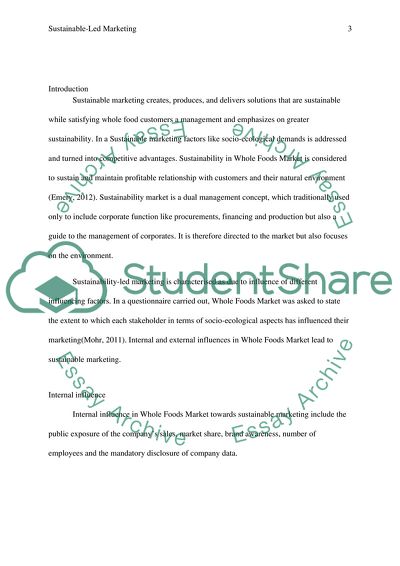Cite this document
(“Sustainability-Led Marketing in Whole Foods Market Essay”, n.d.)
Sustainability-Led Marketing in Whole Foods Market Essay. Retrieved from https://studentshare.org/marketing/1690359-sustainability-led-marketing-in-whole-foods-market
Sustainability-Led Marketing in Whole Foods Market Essay. Retrieved from https://studentshare.org/marketing/1690359-sustainability-led-marketing-in-whole-foods-market
(Sustainability-Led Marketing in Whole Foods Market Essay)
Sustainability-Led Marketing in Whole Foods Market Essay. https://studentshare.org/marketing/1690359-sustainability-led-marketing-in-whole-foods-market.
Sustainability-Led Marketing in Whole Foods Market Essay. https://studentshare.org/marketing/1690359-sustainability-led-marketing-in-whole-foods-market.
“Sustainability-Led Marketing in Whole Foods Market Essay”, n.d. https://studentshare.org/marketing/1690359-sustainability-led-marketing-in-whole-foods-market.


